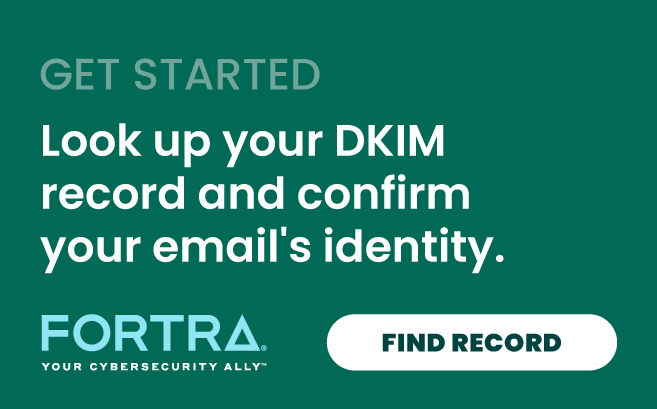This is the second in a new ongoing series for us that gives you the tips and tricks you need for successful DMARC deployment . Read the previous tip here.
What are the differences between DomainKeys (DK) and DKIM?
DomainKeys Identified Mail (DKIM) is the successor to Yahoo DomainKeys. Both share similarities, however DKIM has the additional aspects of Cisco's Identified Internet Mail standard (IIM). The enhancements to this standard gives more security and flexibility then DomainKeys alone. Some of the main DKIM positives are the following:
- Allows for multiple signature algorithms (DK only allows one)
- Has more options which would allow you to validate both header and body.
- Allows third parties to sign.
- Allows self-sign the DKIM-Signature header field (helps protect against modification)
- Gives you the option to use wildcard on some parameters.
- Supports signature timeouts in DNS.
From DKIM.org
DKIM attaches a new domain name identifier to a message and uses cryptographic techniques to validate authorization for its presence. The identifier is independent of any other identifier in the message, such in the author's From: field.
The first version synthesized and enhanced Yahoo!'s DomanKeys and Cisco's Identified Internet Mail specifications. It was the result of a year-long collaboration among numerous industry players, during 2005, to develop an open-standard e-mail authentication specification. Participants included Alt-N Technologies, AOL, Brandenburg InternetWorking, Cisco, EarthLink, IBM, Microsoft, PGP Corporation, Sendmail, StrongMail Systems, Tumbleweed, VeriSign and Yahoo!. The team produced the initial specification and several implementations. It then submitted the work to the IETF for further enhancement and formal standardization.
